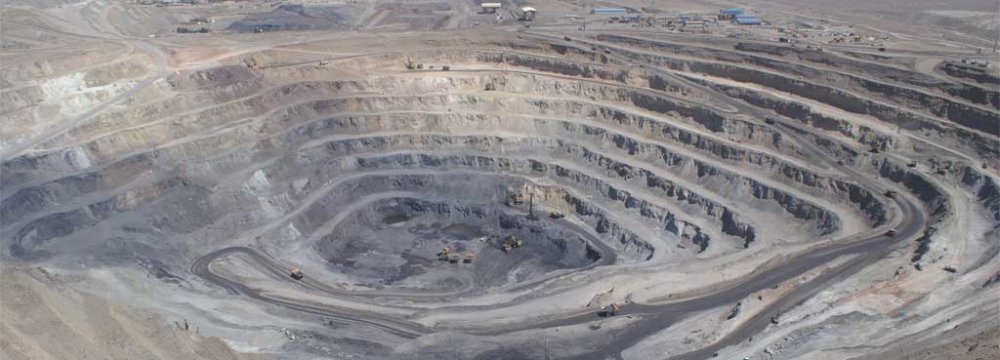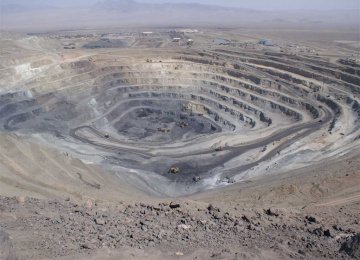Chadormalu Mining and Industrial Company’s iron ore reserves are expected to run out in a few years and the iron ore giant’s survival hinges on exploitation of new deposits.
A geological anomaly discovered close to the company’s current mines might be its salvation. However, the Department of Environment, which maintains that the zone extends to the habitat of endangered species, is preventing CMIC from operating there.
The feud between CMIC and DOE over the so-called D19 anomaly has been going on for over a decade now. Located in Yazd Province, the zone holding new potential reserves is part of a protected area that is home to the Asiatic cheetah and the Persian leopard. Protected areas in Iran are managed by DOE and its consent is mandatory to allow any activity in the zone.
“The final decision is set to be taken by the High Council for Environment chaired by President Hassan Rouhani,” Seyyed Mohammad Abrishami, who is in charge of operations at CMIC, was quoted as saying by Minews.
The official did not mention any fixed date for the decision.
“Chadormalu’s mines currently hold 80 million tons of minable reserves that will deplete in about five years,” said the official, adding that CMIC supplies close to 40% of Iranian steel industry’s raw material demand.
The company’s executives argue that moving on to D19 is of economic importance.
CMIC is capable of producing 10.5 million tons of iron ore concentrate, 3.4 million tons of pellets and 2 million tons of steel per year. It is one of the Middle East’s largest iron ore concentrate producers.
The government aims to turn Iran’s steel industry into the world’s sixth largest manufacturer as per the goals set in the 20-Year National Vision Plan (2005-25), which stipulates the production of 55 million tons of crude steel per year.
In order to realize this figure, over 150 million tons of iron ore are required.
“We need at least four years to fund the operation and prepare the ground to begin extracting the ores from D19; so unless we get the approval now, people will lose their jobs,” he said.
The company says it employs 3,000 workers directly and more than 6,000 indirectly.
According to Abrishami, preventing Chadormalu from accessing D19 will erode a large portion of jobs in Yazd and impede provincial growth.
CMIC has repeatedly announced that it is willing to create green spaces to convince DOE to rethink its stance.
“When we started work on Chadormalu mines, we designated 80 hectares of green space about 180 km from Yazd City, which helped enhance protection of animals in the region and preserve the environment,” Abrishami said.
“We pledge to do the same thing and create green areas compatible with the region’s ecology, if they approve our proposal for D19.”
DOE’s stance appears unbending, however. It opposed the scheme since the day it was first floated in 2005, for fear of its potentially destructive impact on the survival of species that are on the verge of extinction.
The Persian leopard is the only living Pantera subspecies in Iran. Over the past eight years, 166 leopards have perished across the country. Major causes of death include road accidents, hunting and poisoning by shepherds trying to protect their livestock.
A study spanning four years found that 71% of all Persian leopard fatalities were caused by illegal hunting or poisoning. Reduced prey population and shrinkage of the natural habitat are other factors threatening the graceful, but imperiled, big cats.
The other animal at risk in the region is the Asiatic cheetah, which is the only cheetah subspecies found in Asia and now confined to Iran. Its numbers are down to 50, a tenth of what it was less than 40 years ago.






Add new comment
Read our comment policy before posting your viewpoints